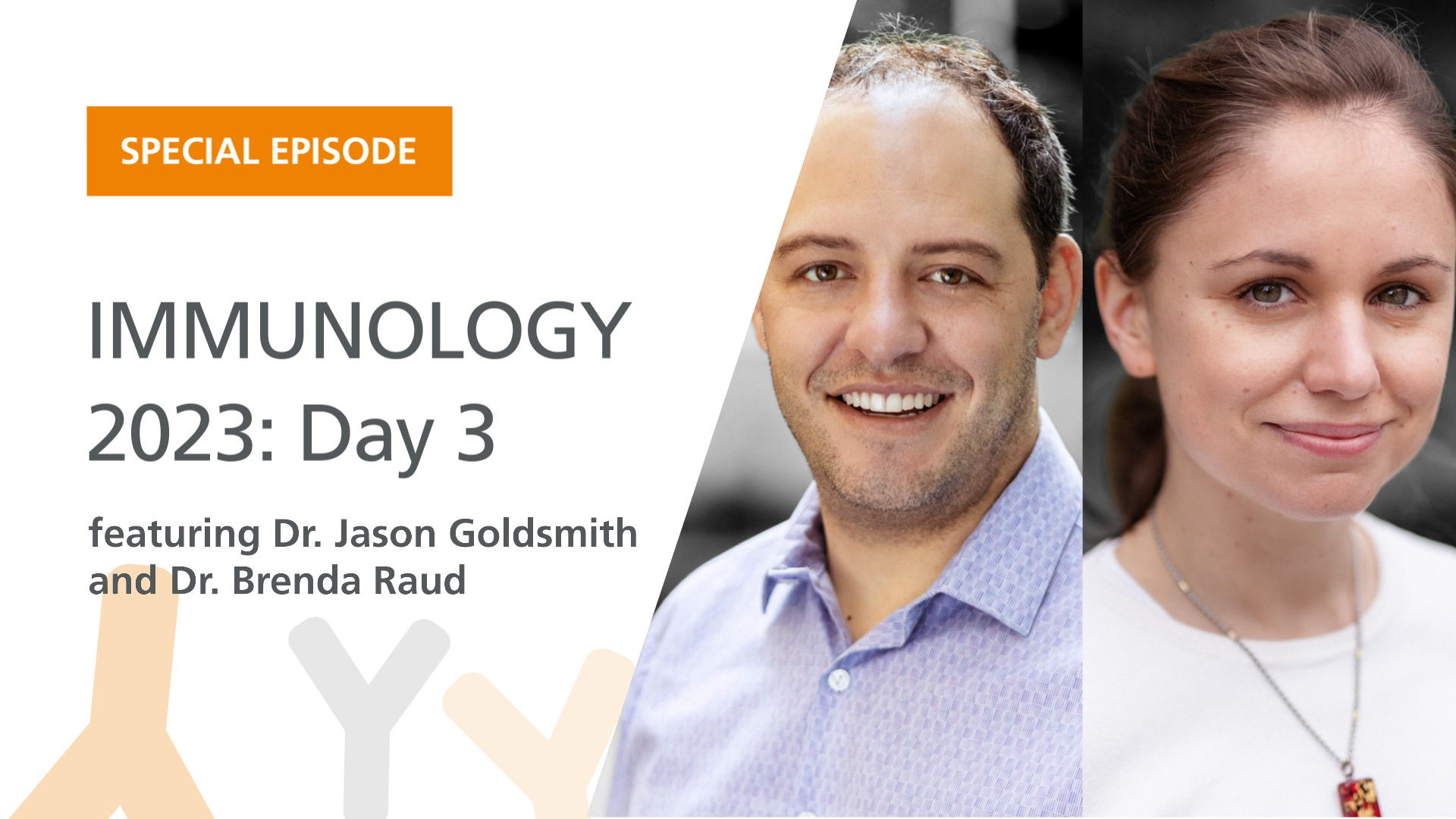
In May 2023, we attended IMMUNOLOGY2023, the annual meeting of the American Association of Immunologists in Washington, DC, and recorded daily episodes discussing highlights of the previous 24 hours. Here is the third of five special episodes from the meeting. Highlights include Dr. Anthony Fauci’s talk on the COVID-19 pandemic response and Dr. Doug Green’s talk on T cell activation. Jason and Brenda discuss sessions on immune responses in aging and obesity, and making better cancer vaccines.



